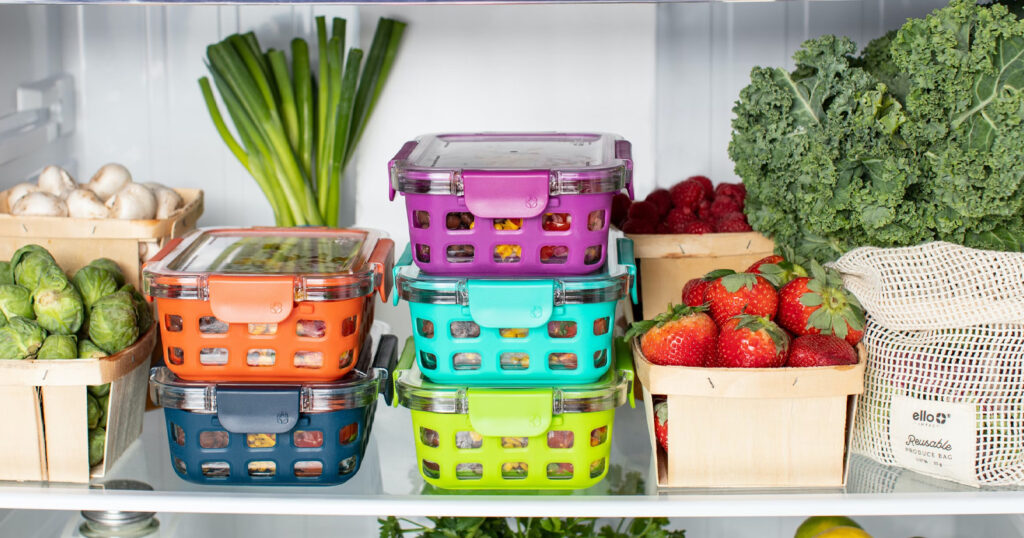Every year, mountains of perfectly edible food end up in trash bins worldwide, a pressing issue that's not just about the lost opportunity of a missed meal.
This colossal waste represents a drain on resources, contributes to environmental problems, and underscores a global lack of efficiency.
In a world where hunger still exists, it's a heart-wrenching irony that so much food goes to waste.
Enter the humble kitchen freezer. Most of us associate it with storing ice cream and maybe the occasional bag of frozen peas.
However, it's time to see the freezer in a new light: as a silent, frosty warrior in the fight against food waste.
Beyond its conventional uses, the freezer can be a powerful tool to extend the life of foods that might otherwise be tossed out.
Ready to join forces with your freezer and declare war on food waste? Let's embark on this chilly journey together!
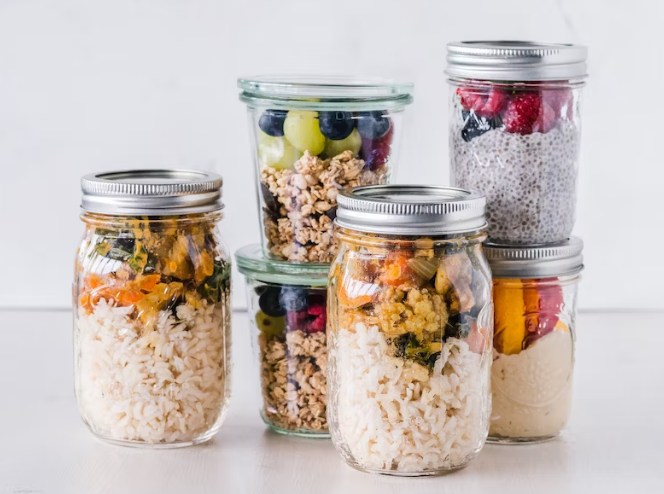
The Science Behind Freezing
Ever wondered why that slice of cake remains just as delightful after a month in the freezer as it did when it first came out of the oven?
Or why your frozen berries haven’t turned into a moldy mess? Well, it's all thanks to some nifty science at play when foods take a chilly dive into the freezer.
Preserving Through Slowing Enzyme Activity:
At the core of the food we consume are enzymes, responsible for processes like ripening in fruits or the aging of meat.
While these enzymes help in the initial stages of making our food delicious, they don’t know when to quit.
Left unchecked, they'll continue their activity, leading to over-ripened fruits or spoiled meat.
Freezing, however, throws a wrench in their plans. By dramatically slowing down these enzymes, freezing essentially halts their activity, preserving the food in its current state.
Preventing the Growth of Microorganisms:
Apart from enzymes, tiny, invisible microorganisms like bacteria, yeasts, and molds are often the culprits behind food spoilage.
These little creatures thrive in warmer temperatures, multiplying rapidly and wreaking havoc on our food's edibility and safety.
When we freeze food, the cold environment makes it inhospitable for these microorganisms.
They enter a dormant state, which means they stop growing and multiplying, thus preserving the food.
Freezing vs. Deep Freezing:
While the terms might sometimes be used interchangeably, there's a significant difference between standard freezing and deep freezing.
Regular freezing typically happens at temperatures of 0°F (-18°C), which is what our household freezers are generally set at.
This method slowly reduces the temperature of food, resulting in the formation of larger ice crystals which can potentially damage the cellular structure of food, especially delicate items like fruits.
On the other hand, deep freezing plunges foods to much lower temperatures, often reaching -50°F (-45°C) or even colder, in a very short time span.
This rapid temperature drop results in the formation of much smaller ice crystals, preserving the cellular structure of the food and retaining its texture and flavor better upon thawing.
In essence, while both methods are effective for food preservation, deep freezing offers a superior level of quality retention, especially for foods intended for long-term storage or commercial purposes.
Armed with this knowledge, we can truly appreciate the wonder that is our freezer, a modern marvel working on timeless principles of science.
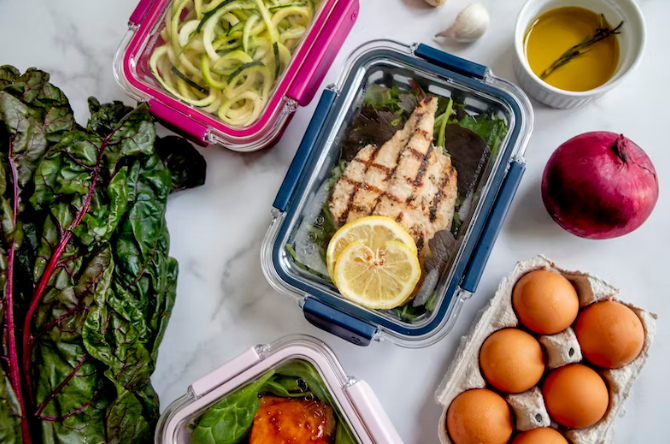
Benefits of Using the Freezer to Combat Food Waste
In today's fast-paced world, we often overlook the ordinary appliances that work quietly in the background, making our lives a little easier and more efficient.
The freezer, while unassuming, packs a punch when it comes to the myriad benefits it offers, especially in our mission to combat food waste.
Extending the Shelf Life of Perishable Items:
Consider those fresh strawberries you picked up from the farmer's market. Eaten fresh, they're a delightful treat, but their window of perfect ripeness is precariously short.
Toss them in the freezer, however, and you've just bought yourself a ticket to enjoy their summery goodness weeks, or even months later.
Freezing acts as a pause button for perishables, extending their shelf life far beyond what nature intended.
Whether it's fresh produce, meat, dairy, or baked goods, your freezer ensures they stay edible and safe for much longer.
Locking in Nutritional Value and Flavor:
When you freeze foods at their peak ripeness or freshness, you're essentially capturing all the good stuff – vitamins, minerals, and all those delightful flavors – in a chilly time capsule.
Contrary to some beliefs, freezing doesn't degrade the nutritional value of food.
In fact, certain frozen produce might even retain more of its nutrients compared to the fresh version sitting for days on a store shelf or in your refrigerator.
Plus, because freezing halts those pesky enzymes we talked about earlier, flavors are preserved, ensuring that frozen food remains as tasty as the day it was stored.
Convenience of Having Ingredients on Hand:
We've all had those days: you come home after a long workday with a specific dish in mind, only to realize you're missing a key ingredient.
If you've embraced the power of your freezer, such disappointments can be a thing of the past.
Stocking up and freezing ingredients, from diced onions to marinated chicken, means you have a repertoire of food items at your fingertips, ready to be turned into a meal at a moment's notice.
This convenience not only saves you time and last-minute grocery trips but also ensures that you're less likely to resort to takeout, thereby reducing the potential waste of unused items in your fridge.
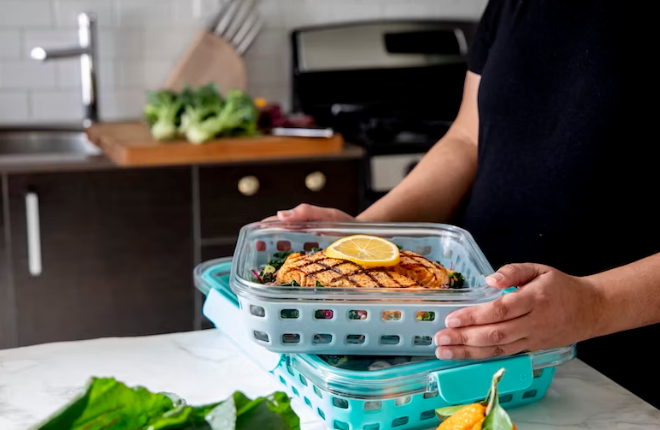
Freezing Dos and Don’ts
Freezing food may seem like a no-brainer, but doing it right can mean the difference between a delightful meal and a frosty disappointment.
To ensure you get the most out of your freezer and maintain the quality of your food, let’s dive into some key dos and don'ts of freezing.
Dos:
1. Cool Food to Room Temperature Before Freezing:
This might seem counterintuitive, but plunging hot food directly into the freezing environment can compromise both its quality and safety.
When you put hot items in the freezer, it raises the overall internal temperature, potentially putting other stored items at risk.
Always allow cooked dishes or hot leftovers to cool down to room temperature before giving them a cold home.
2. Use Airtight Containers or Freezer Bags:
Air is the enemy when it comes to freezing. Exposure to air can lead to freezer burn - that unappetizing, desiccated layer that can form on frozen food.
To avoid this, invest in good quality airtight containers or specialized freezer bags.
By squeezing out as much air as possible, you're ensuring that your food retains its flavor and texture.
3. Label and Date Everything:
While some frozen foods, like peas or pizza, are easy to identify, others become mysterious frozen blocks over time.
Avoid the guessing game by clearly labeling each item. Adding a date ensures you use items while they're still at their best.
Remember, while freezing extends the shelf life, it doesn't mean the food will remain in peak condition indefinitely.
Don’ts:
1. Freeze Food in Large Clumps:
Resist the temptation to toss a bunch of, say, chicken pieces or berries into a bag and freeze them as one big mass.
This makes it harder to thaw and use just the quantity you need later. Instead, spread items out on a tray, freeze until solid, and then transfer to a bag or container.
This way, you can easily grab however much you need without thawing the entire batch.
2. Refreeze Thawed Items:
Once food has been thawed, particularly meat or seafood, it's not a good idea to refreeze it.
This is because bacteria can multiply rapidly as food thaws, and refreezing won't kill these bacteria.
If you've thawed more than you need, it's best to cook the excess and then freeze the cooked dish if necessary.
3. Keep Food in the Freezer Indefinitely:
Yes, food can remain safe to eat for a very long time in a freezer, but its quality can degrade.
Over time, even well-packed items can suffer from freezer burn or lose their flavor.
As a rule of thumb, aim to consume frozen fruits and vegetables within 8-12 months, meats within 3-6 months, and bread or baked goods within 3 months for the best quality.
By adhering to these dos and don'ts, you're not only ensuring that you reduce food waste but also that every meal from your freezer is as delicious as possible. Happy freezing!

Best Foods to Freeze and Those to Avoid
When it comes to freezing, not all foods are created equal. Some fare exceptionally well in the chilly confines of a freezer, emerging almost as fresh as the day they were stored.
Others, however, don't quite rise to the occasion, often undergoing textural or flavor changes that can be less than appealing.
Let's delve into the champions of the freezing world and the ones best enjoyed without a frosty interlude.
Best to Freeze:
1. Breads:
Whether it's your favorite sourdough, baguette, or that homemade banana bread, these staples freeze beautifully. Just make sure to wrap them well to prevent freezer burn and slice them beforehand if you want to grab just a piece or two at a time.
2. Cooked Pasta and Grains:
Got some leftover spaghetti or a bit of quinoa from dinner? Don't toss them out! Once cooled, these can be stored in the freezer and then reheated for a quick meal later.
3. Raw Meat and Seafood:
Freezing is a fantastic way to preserve the freshness of meat and seafood. Just be sure to store them in airtight containers or vacuum-sealed bags to retain their quality.
4. Dairy:
Butter freezes exceptionally well, as do some hard cheeses like cheddar or parmesan. Just steer clear of freezing soft cheeses like ricotta or brie, as they can become grainy.
5. Fruits:
While most fruits freeze well, especially berries, it's a good idea to spread them on a tray to freeze individually before transferring to a bag. This way, you can easily grab a handful for smoothies or baking.
6. Blanched Vegetables:
While many vegetables can be frozen directly, blanching (a quick dip in boiling water followed by a cold water bath) helps retain their color, flavor, and nutritional value. Think green beans, broccoli, or carrots.
Avoid Freezing:
1. High-Water-Content Veggies:
Veggies like lettuce, cucumber, or celery become limp and waterlogged after freezing due to their high water content. They lose their crispness and are best consumed fresh.
2. Mayo-Based Dishes:
If you've got a lovely potato salad or coleslaw, think twice before popping it in the freezer. Mayonnaise tends to separate when frozen, leading to a less-than-appetizing texture upon thawing.
3. Creamy Sauces:
Sauces with a milk or cream base, like Alfredo or béchamel, can become grainy or separated when frozen and then thawed.
4. Eggs in Shells:
Freezing eggs in their shells is a no-go, as the liquid inside expands when frozen, leading to potential breakage.
If you want to freeze eggs, crack them open and either whisk to blend or separate yolks and whites, storing in suitable containers.
In essence, while the freezer is indeed a marvel for food preservation, it's essential to recognize which foods are suitable candidates for freezing and which ones are best enjoyed in their natural, unfrozen state.
Knowing this can help you make the most out of your freezer, ensuring minimal waste and maximum enjoyment.
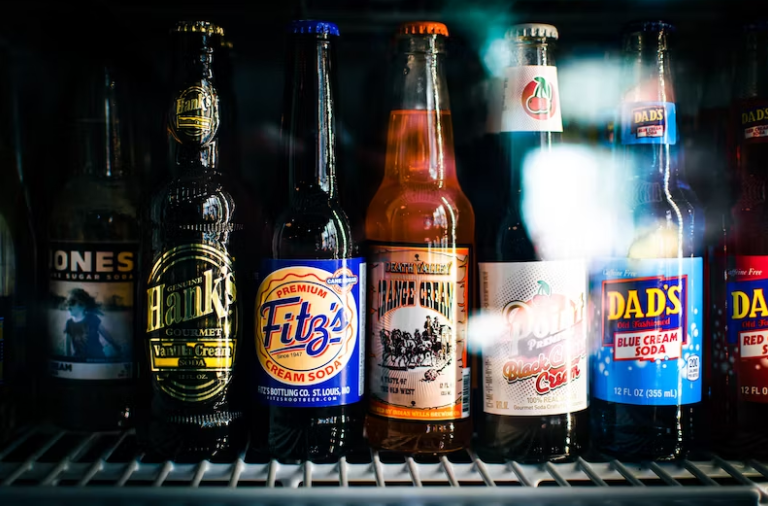
Creative Ideas to Reduce Waste Using the Freezer
The freezer isn't just a tool; it's a canvas for culinary creativity, especially when it comes to minimizing waste.
Many items we routinely toss in the trash or compost bin can find a second life when given the freezer treatment.
Let's explore some imaginative ways to use the freezer to give leftovers and near-expiry items a tasty and purposeful encore.
1. Making and Freezing “Clean-Out-The-Fridge” Soups and Stews:
It happens to all of us. We open the fridge, find a smattering of vegetables, a bit of leftover roast chicken, maybe a lone sausage, and a few cups of broth.
Instead of letting them go to waste, why not combine these odds and ends to craft a unique "clean-out-the-fridge" soup or stew?
Once cooked, let the mixture cool and transfer it into portion-sized containers for freezing.
The next time you need a quick and warm meal, you'll have a hearty soup or stew ready to be reheated and savored.
2. Freezing Herbs in Ice Cube Trays with Olive Oil:
Got some fresh herbs that are wilting? Don't let them go to waste. Chop them up and place them in an ice cube tray.
Fill each compartment with olive oil and then freeze. Once solidified, transfer the herby cubes into a freezer bag.
These cubes are perfect for tossing into a hot pan as a fragrant start to a sauté, a pasta dish, or a soup. Plus, the oil helps preserve the color and flavor of the herbs.
3. Making and Freezing Fruit Popsicles from Almost-Overripe Fruits:
When fruits like berries, bananas, or peaches are on their last legs, they might not be appealing for fresh consumption but are still packed with flavor.
Blend them with a touch of yogurt, honey, or juice to create a smoothie-like mixture. Pour this blend into popsicle molds and freeze.
Voilà! You've turned almost-wasted fruit into a refreshing treat for a hot day.
By adopting these creative approaches, you're not only reducing food waste but also turning potential trash into delightful culinary treasures.
And remember, the freezer is a tool, so don't be afraid to get inventive and come up with your own unique waste-reducing solutions!

